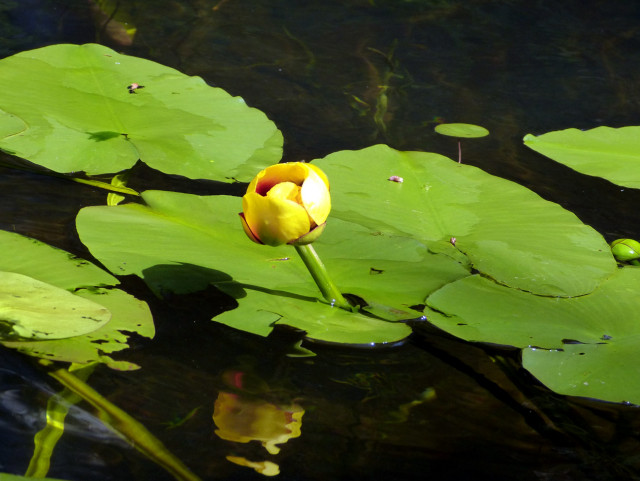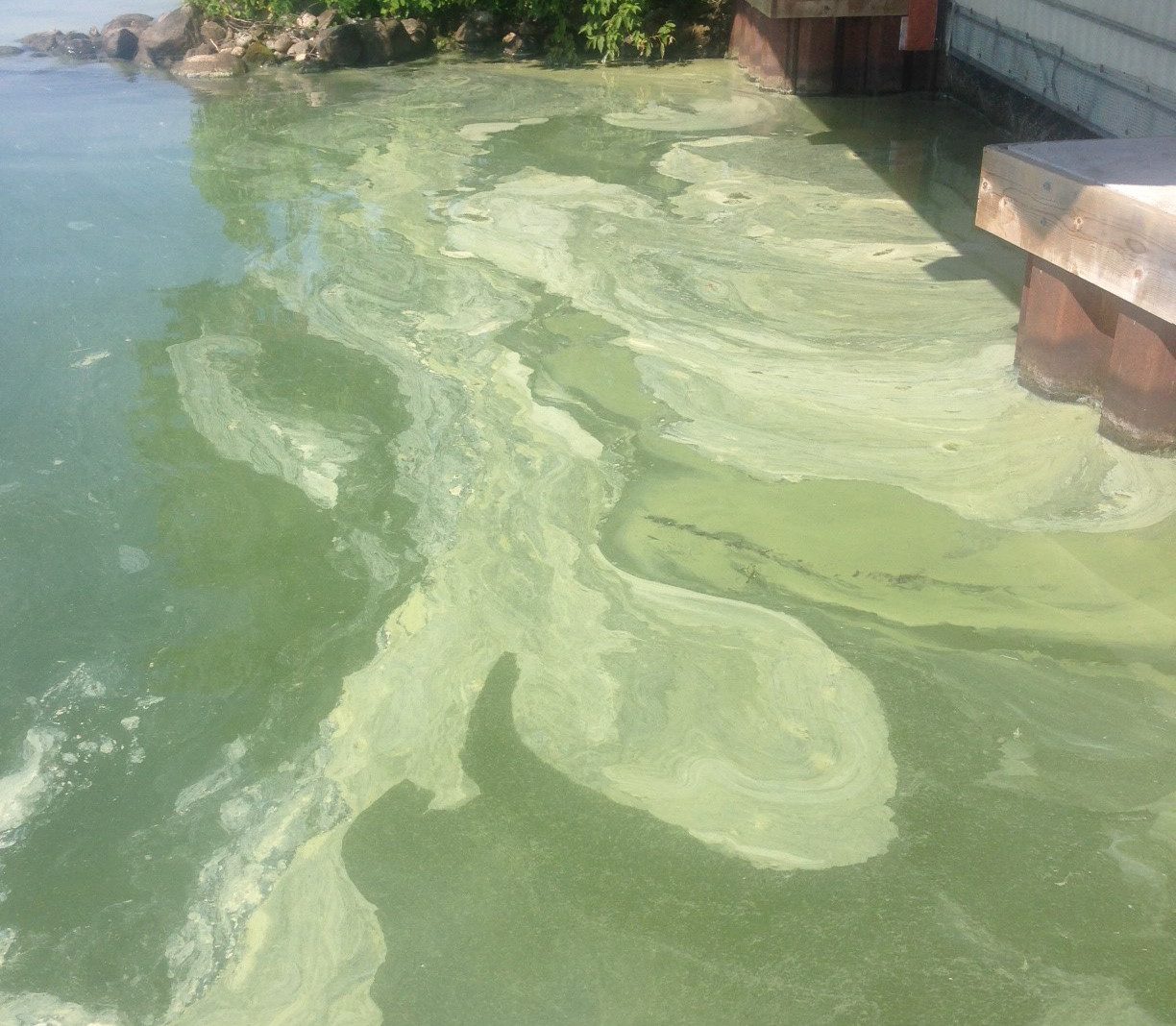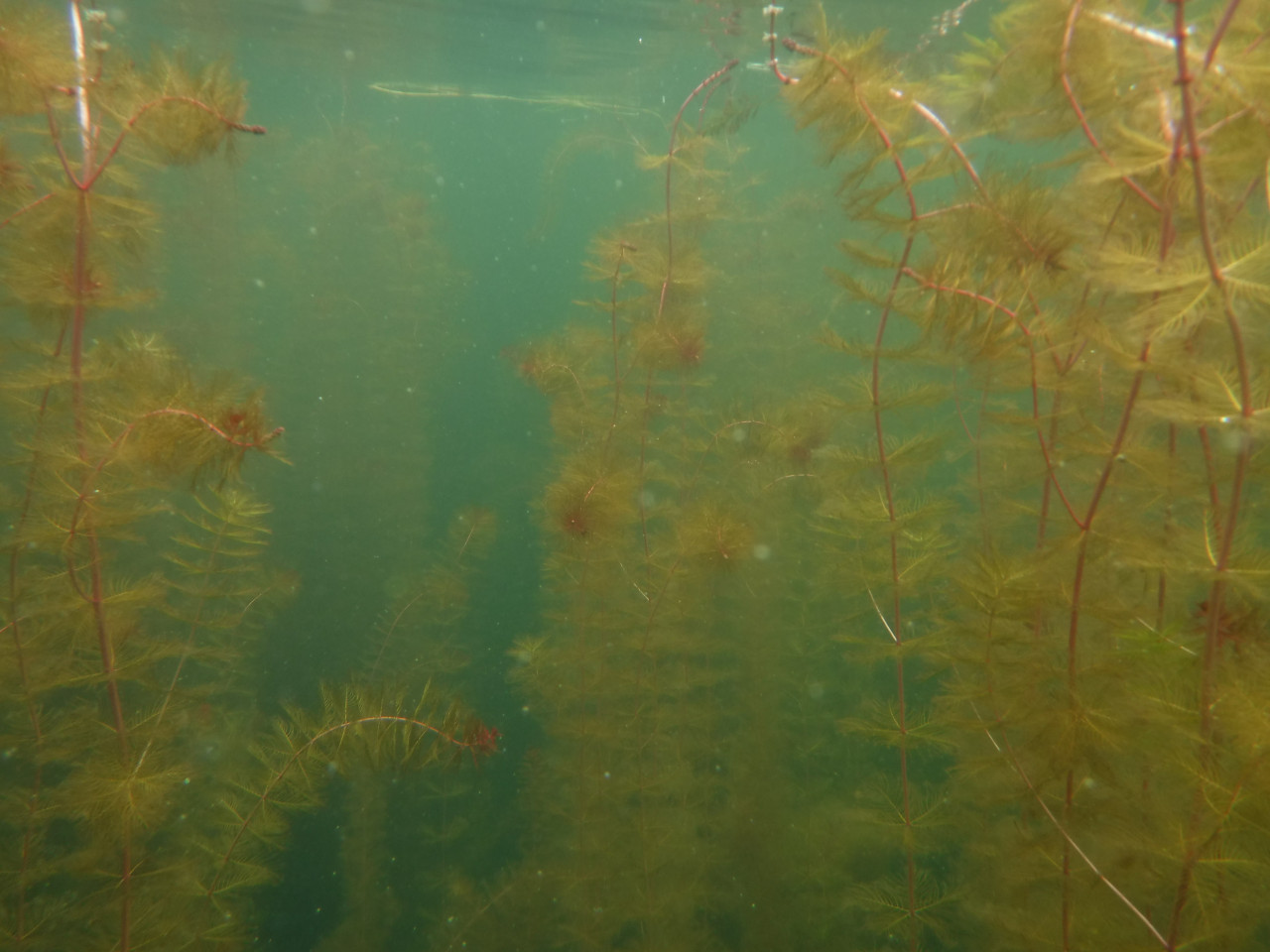Wonderful weeds: Aquatic plants aren't the enemy
We get it: summer is brief, and aquatic plants can be annoying when you're trying to make the most of dock life. It can be tempting to rip them out, install an expensive water circulator or even use an herbicide to get rid of them.
But there are better ways to keep aquatic plants from getting out of hand while supporting both a thriving ecosystem and your perfect getaway.
Removing aquatic plants is highly regulated, so it's easier to prevent them from becoming a problem in the first place. Plants thrive on nutrients found in poop and fertilizers, so reducing the amount of nutrient-rich runoff reaching the water from your property will help keep the ecosystem balanced.
Here are a few easy steps to reduce excessive nutrients:
- Keep pet and livestock waste away from the water
- Ensure your septic and wastewater treatment systems are functioning properly
- Naturalize your shoreline with native shrubs and trees
- Reduce stormwater runoff by installing a beautiful, easy-to-maintain rain garden
- Use phosphorus-free soaps and detergents
- Skip the fertilizer and pesticides on your lawn
- Full guide to aquatic plants management here
Aquatic plants are a natural and essential part of a healthy aquatic ecosystem, acting as shelter, breeding areas and food for many creatures and providing the oxygen necessary for fish and other aquatic organisms to survive.
They also keep the water clear and beautiful by trapping suspended sediment and holding sediment to the lake floor, preventing it from being stirred up by waves or eroding from the shoreline.
Native aquatic plants also help prevent unwanted algae blooms by using up the nutrients and resources algae needs to grow – so if you rip the weeds out, you'll actually find yourself with an even more annoying problem.
(Side note: If your kids don't like swimming in weeds, check out this cool resource to get them on board: https://learningwithoutdoors.com/learningactivities/https/learningwithoutdoorscom/underwaterfun)
We're not saying underwater plants can't become a problem. When plants or algae accumulate to excessive levels, they can create an imbalanced ecosystem that leads to oxygen-depleted water, difficult hunting conditions for predators and poor breeding conditions.
It can also choke water pumps and wash foul-smelling plant matter onto beaches and shorefronts. In the case of blue green algae, a massive bloom can be hazardous to humans and pets and can ruin your cottage plans for weeks at a time. (If you suspect a blue green algae bloom in your region, you can report it here: https://www.ontario.ca/page/blue-green-algae)
Sometimes aquatic plant removal is necessary, especially when it comes to invasive weeds. But there are strict guidelines at the provincial and federal levels depending where your property is located, so be sure to do your research before you remove any aquatic plants.
- Vegetation removal on most waterbodies is covered under provincial rules. Learn more here: https://www.ontario.ca/page/remove-invasive-aquatic-plants
- Waterfront properties along the Rideau Canal require a permit from Parks Canada to remove vegetation. Learn more here: https://www.pc.gc.ca/en/lhn-nhs/on/rideau/info/vegetation
Keep in mind, wild rice cannot be removed without a license.
For a complete guide to dealing with aquatic plants and algae, download our free manual here: https://www.rvca.ca/about-us/rvca-corporate-services/rvca-about-publications/resources/algae-and-aquatic-plant-educational-manual
If you want some help naturalizing your shoreline, check out our resource page at www.rvca.ca/stewardship-grants and consider signing up for our Shoreline Naturalization program. Our expert staff will help you develop a planting plan, order your plants and even help you with the labour – all while covering 75% of the costs.
When you subscribe to the blog, we will send you an e-mail when there are new updates on the site so you wouldn't miss them.




Comments